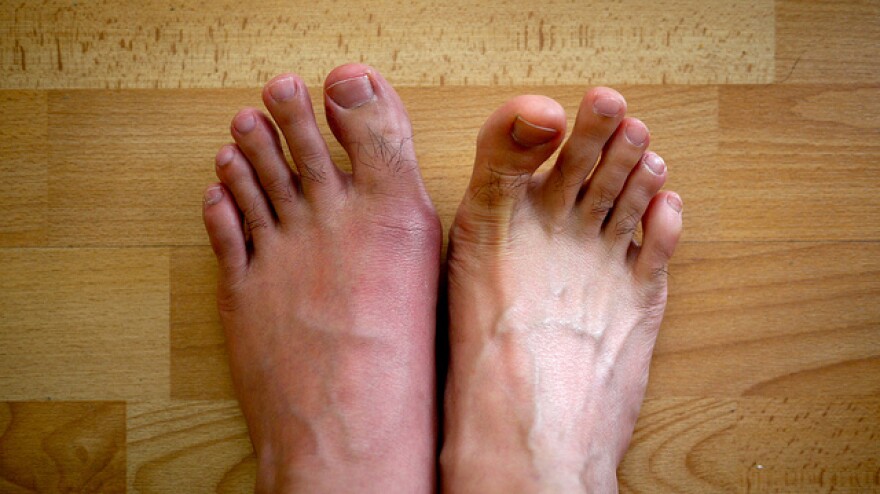Gout is a form of arthritis resulting from elevated uric acid levels in the blood. When uric acid crystallizes in joints, it causes sudden pain, swelling, redness, and often heat. The big toe is a common location for flare-ups, but ankles, knees, and other joints are also vulnerable. Factors that increase risk include diet high in purine-rich foods, dehydration, obesity, and certain medications. Recognizing what brings on attacks is the first step toward managing and reducing their frequency.
Diet Adjustments That Make a Difference
Altering what you eat can play a major role in reducing uric acid levels and easing gout symptoms:
- Avoid high-purine foods: Limit red meat, organ meats, certain seafood (like sardines, shellfish), and processed meats. These break down into uric acid and can worsen flares.
- Focus on plant-based proteins: Beans, legumes, tofu, lentils provide good proteins without as much purine burden. Including these helps balance diet while keeping flare risk lower.
- Increase low-fat dairy: Yogurt, milk and other low-fat dairy products appear to help reduce uric acid and relieve symptoms.
- Eat plenty of fruits and vegetables: Particularly cherries, berries, citrus fruits, leafy greens. The antioxidants, fiber and vitamins help reduce inflammation and support uric acid clearance.
- Drink enough water: Proper hydration supports kidney function, helps flush out excess uric acid, and can reduce the frequency of painful flare-ups.

Natural Remedies & Lifestyle Practices
Beyond diet, certain everyday habits and natural remedies can provide relief:
- Use cold compresses or ice: Applying ice to the afflicted joint for 15-20 minute intervals can reduce swelling and numb pain. Elevating the joint helps further with fluid drainage.
- Herbal and spice aids: Ingredients such as ginger, turmeric, and apple cider vinegar show promise in easing pain and lowering inflammation. Ginger compresses or teas, and turmeric in foods or beverages may assist in moderating symptoms.
- Cherry products: Eating cherries or drinking tart cherry juice has been associated with fewer gout attacks and reduced severity when they occur.
- Vitamin C: Foods rich in vitamin C or supplements in modest amounts may help lower uric acid levels. Citrus fruits, strawberries, peppers are natural options.
Lifestyle Measures for Long-Term Relief
In addition to remedies and diet, ongoing lifestyle habits are crucial for managing gout over time:
- Maintain a healthy weight: Excess body weight increases strain on joints and can raise uric acid. Losing excess weight gradually often helps reduce flare frequency.
- Exercise regularly: Low- to moderate-intensity movement supports joint flexibility, circulation, and overall health. Activities such as walking, swimming or gentle cycling are good choices.
- Limit alcohol consumption: Especially beer and spirits. Alcohol can increase uric acid production and slow the body’s ability to eliminate it.
- Reduce sugar intake: Sugary drinks, high-fructose corn syrup, and other sweetened foods can trigger or worsen flare-ups. Minimizing these helps reduce inflammation and uric acid elevation.

When Professional Care Is Needed
Natural and lifestyle methods often bring relief, but in some cases medical treatment is essential. If pain is severe, swelling persists, or joint remains very tender and warm, a medical professional should be consulted. Certain medications can help lower uric acid or reduce inflammation during acute attacks. Long-term monitoring of blood uric acid levels can guide treatment and adjustments.
Conclusion
Gout doesn’t have to control your life. Through balanced eating, hydration, natural remedies like cherries or herbs, and sustained healthy habits—such as weight management and regular exercise—you can reduce how often attacks happen and how severe they feel. Early action, combined with medical guidance when needed, offers the best path toward relief and healthier joints.

















